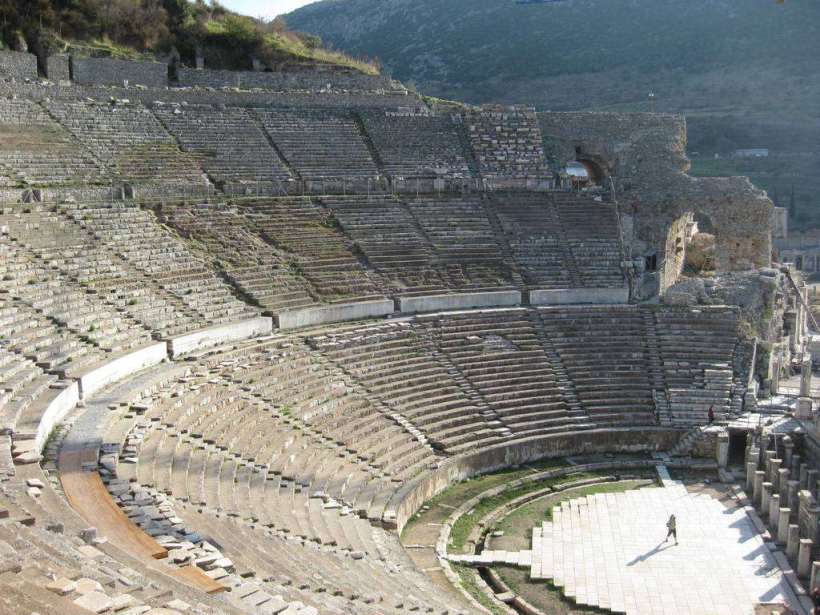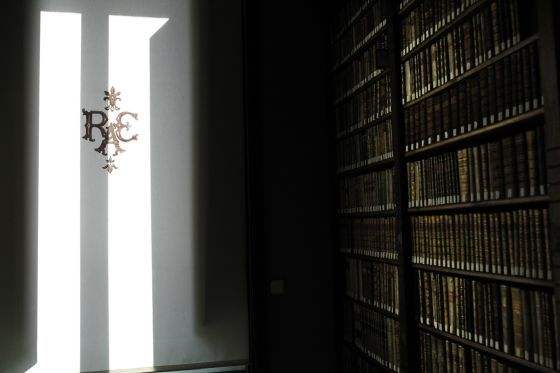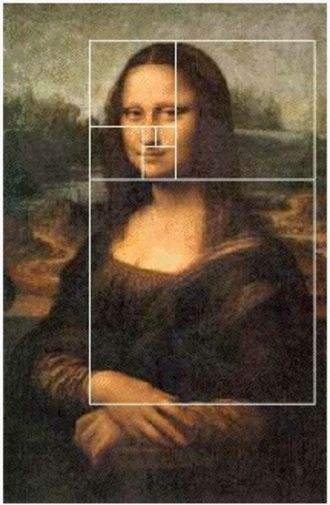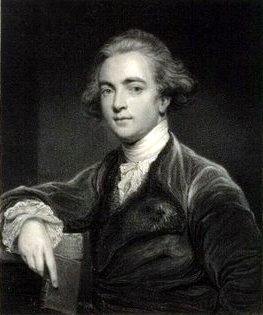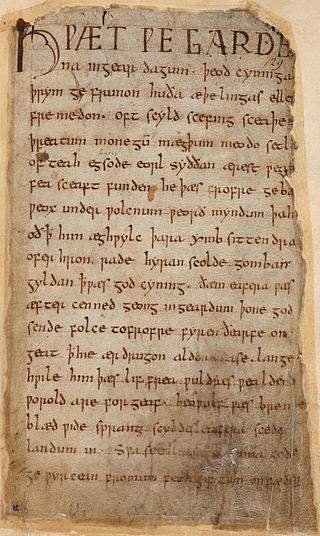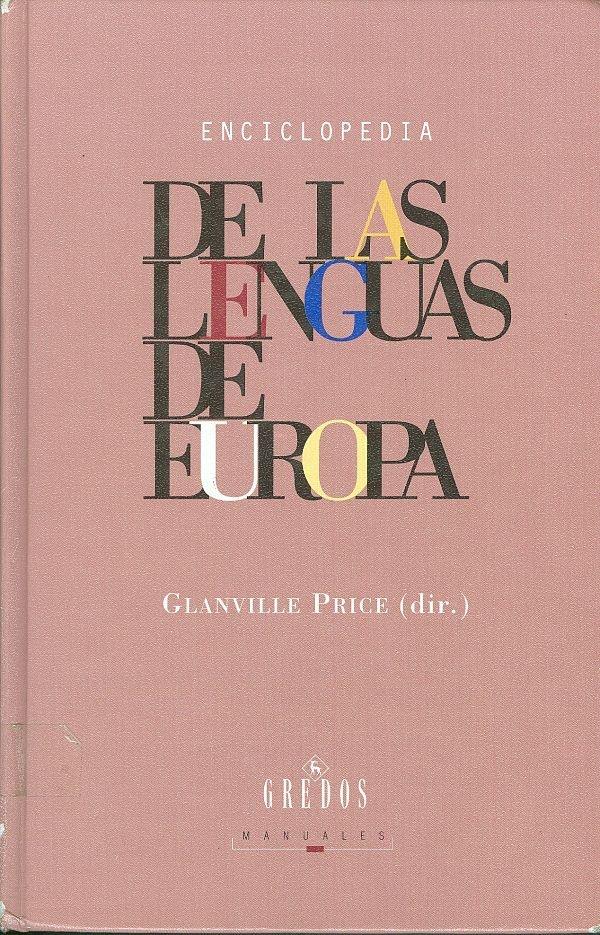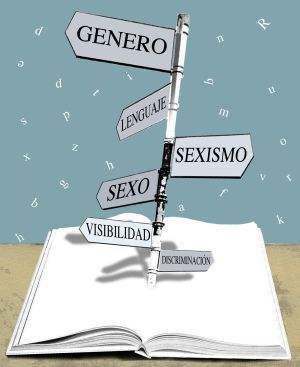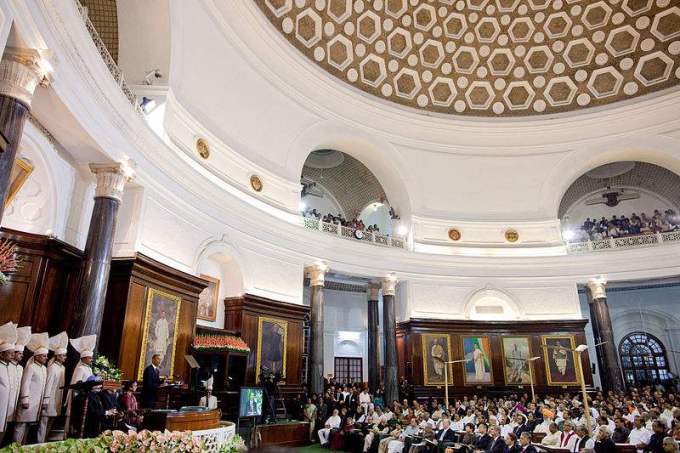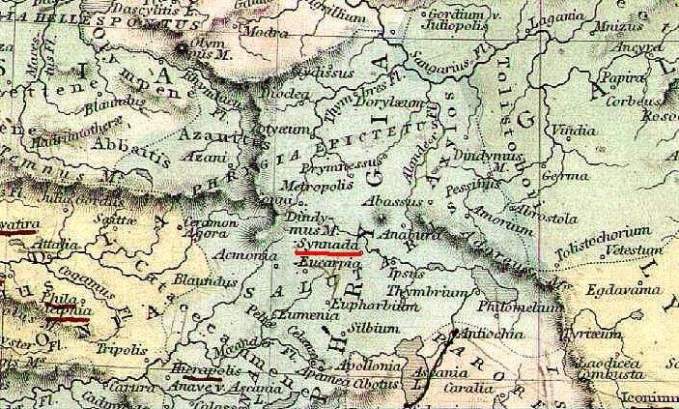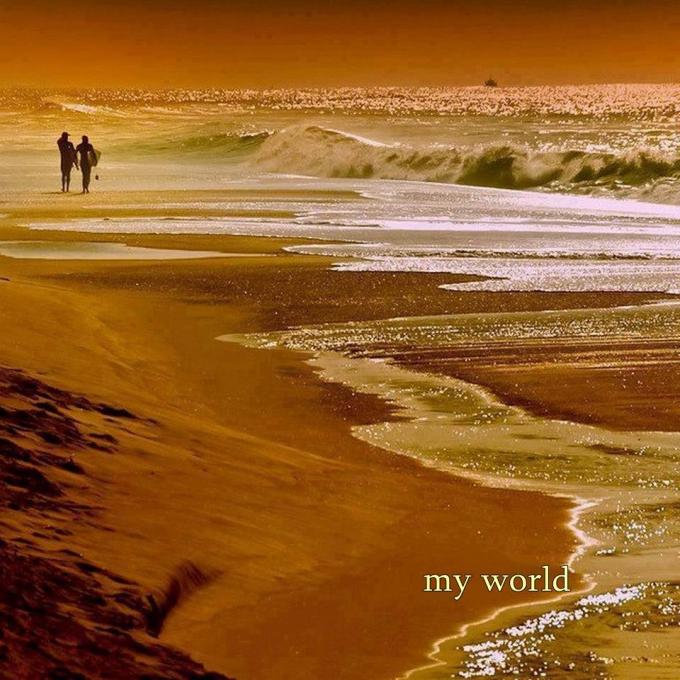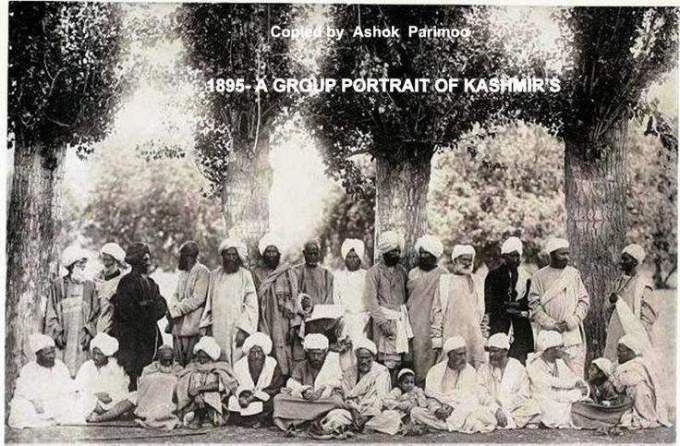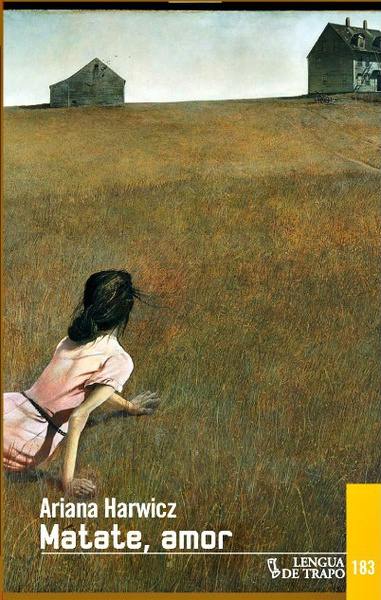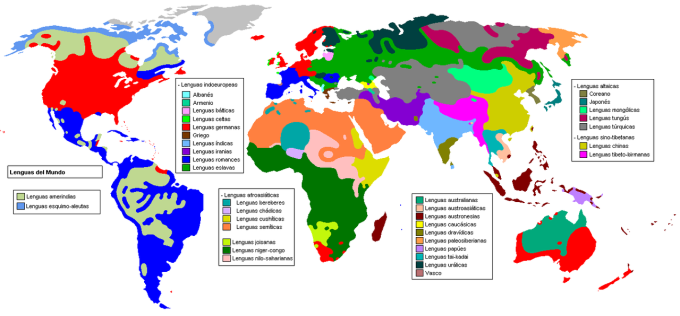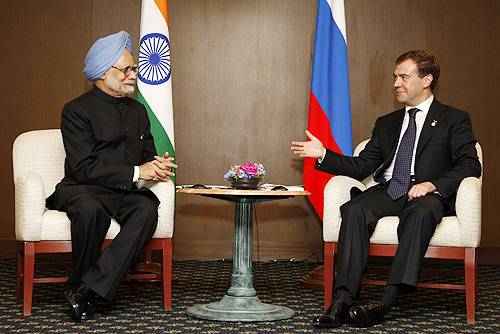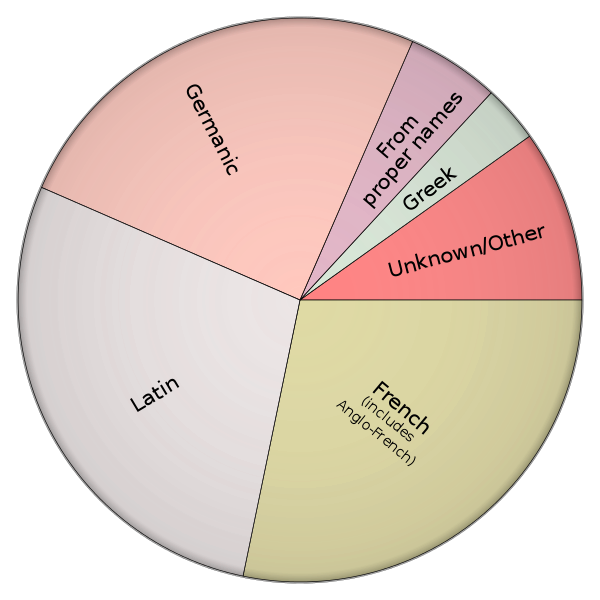Lenguas indoeuropeas
| Lenguas indoeuropeas | ||
|---|---|---|
| Distribución geográfica: | Global | |
| Países: | ||
| Hablantes: | ~45% población mundial1 | |
| Filiación genética: | — | |
| Subdivisiones: | Anatolio Greco–Balcánico Italo–Celta–Germánico Balto–Eslavo Indoiranio Tocario |
|
| ISO 639-1 | — | |
| ISO 639-2 | ine | |
| ISO 639-3 | — | |
 -Verde oscuro: Lengua(s) IE(s) habladas mayoritariamente. -Verde oscuro: Lengua(s) IE(s) habladas mayoritariamente.-Verde claro: Alguna lengua IE es oficial. -Azul claro: Lengua (s) IE(s) habladas por una minoría importante pero sin reconocimiento oficial. |
||
|
||
Con el nombre de lenguas indoeuropeas se conoce a la mayor familia de lenguas del mundo en número de hablantes. La familia indoeuropea, a la que pertenecen la mayoría de las lenguas de Europa y Asia meridional, incluye más de 150 idiomas hablados por alrededor de 3.200 millones de personas (aproximadamente un 45% de la población mundial).1 De estas, unos 1.200 millones corresponden a hablantes de las lenguas indoiranias y unos 950 a hablantes de las lenguas románicas.
Identificación de la familia
Distribución actual aproximada de las diferentes ramas de las lenguas indoeuropeas en Eurasia:
Las áreas rayadas indican áreas multilingües.
La primera hipótesis sobre la existencia de una familia lingüística indoeuropea fue propuesta en la segunda mitad del siglo XVIIIpor elfilólogo británico sir William Jones, quien notó similitudes entre cuatro de los idiomas conocidos más antiguos: el sánscrito, el latín, el griego y elpersa.
William Jones
Franz Bopp apoyó esta hipótesis al comparar sistemáticamente estas lenguas con otras y encontrar múltiples cognados. Desde el siglo XIX, los estudiosos llamaron a esta familia lenguas indogermánicas. Posteriormente pasó a emplearse el término indoeuropeo (excepto en alemán). Un buen ejemplo de la conexión indoeuropea es la enorme similitud descubierta entre el sánscrito y dialectos antiguos del lituano.
El idioma común ancestral se conoce como protoindoeuropeo. Existe desacuerdo en torno al punto geográfico en el que se originó (Urheimat), siendo Kurgal, Armenia, el sudeste de Ucrania, India o Irán, los principales lugares propuestos.
Esta familia está formada por las siguientes subfamilias: albanesa,armenia, báltica, céltica, eslava, germánica, griega, indoirania(que incluye las lenguas indoarias y las iranias) e itálica (que incluye el latín y laslenguas románicas). A ellas se suman dos subfamilias hoy desaparecidas: la anatolia (que incluye la lengua de los hititas) y la tocaria. Desde la segunda mitad del siglo XVIII, y durante todo el siglo XIX, la lingüística histórica y la neogramática intentaron reunir datos suficientes para demostrar que este conjunto de lenguas, aparentemente diversas, formaban parte de una única familia.
Los documentos del sánscrito y del griego clásico (los más antiguos de las lenguas indoeuropeas si exceptuamos los hititas, que por entonces no estaban descifrados) presentan las formas características propias de las lenguas indoeuropeas, lo que demuestra la existencia de una lengua madre común. Las relaciones entre el sánscrito, el griego clásico y el latínse habían comprobado ya hacia principios del siglo XIX.
Por otro lado, los gramáticos de la India elaboraron una clasificación sistemática de los elementos que constituyeron antiguamente el sánscrito. El estudio realizado en la India se completa con otro estudio sistemático y comparativo de los sistemas fonéticos y gramaticales de las lenguas europeas.
La conclusión de este esfuerzo conjunto fue el establecimiento de la existencia del protoindoeuropeo, lengua madre común a los idiomas estudiados, efectuándose una reconstrucción de los rasgos fonéticos ygramaticales que éste debía tener. El indoeuropeo es, pues, una lengua reconstruida y fechada hacia el 3000 a. C., puesto que hacia el 2000 a. C. ya se encuentran rasgos de diferenciación notables entre las lenguas nacidas del mismo.
En general, las lenguas indoeuropeas muestran una pérdida progresiva de la flexión. Por lo que se sabe, el protoindoeuropeofue una lengua muy flexiva, como lo demuestran otras lenguas clásicas, como el sánscrito, elavéstico y el griego. Frente a esto, las lenguas modernas, tras un largo proceso evolutivo, están orientadas hacia una vía analítica, como por ejemplo el inglés, elfrancés y el persa, usando complementos con preposición y verbos auxiliares en lugar de la declinación nominal y la conjugación verbal.
En gran parte, la pérdida de los elementos flexivos ha sido el resultado de un largo proceso que ha conducido a la pérdida de las sílabas finales de las palabras; así, muchas de las indoeuropeas eran más breves que las correspondientes protoindoeuropeas. Además, en otras lenguas ha tenido lugar el desarrollo de nuevos procedimientos gramaticales y ha habido numerosos cambios de significado en algunas palabras concretas.
___________________________…………………………….==============================
Indo-European languages
| Indo-European languages | ||
|---|---|---|
| Geographical distribution: | Global | |
| Countries: | ||
| Speakers: | ~ 45% world population 1 | |
| Genetic connection: | – | |
| Subdivisions: | Anatolian Greek – Balkan Italo – Celtic –Germanic Balto – Slavic Indo-Iranian Tocharian |
|
| ISO 639-1 | – | |
| ISO 639-2 | ine | |
| ISO 639-3 | – | |
 Dark-green: Language (s) IE (s) spoken mainly. Dark-green: Language (s) IE (s) spoken mainly. clear -Green. Some IE’s official language clear -Modern: Language (s) IE (s) spoken by a significant minority but without official recognition. |
||
|
||
With the name of Indo-European languages to the largest known family of languages in the world in number of speakers. The Indo-European family, which owned most of the languages of Europe and South Asia , including more than 150 languages spoken by about 3,200 million people (about 45% of the world population). 1 Of these, about 1,200 million correspond to the Indo-Iranian languages speakers and 950 speakers of the Romance languages.
Identification of the family [ edit ]
Approximate current distribution of the different branches of Indo-European languages in Eurasia:
The hatched areas indicate areas multilingual.
The first hypothesis of the existence of a language family Indo-European was proposed in the second half of the eighteenth century by thephilologist British Sir William Jones , who noted similarities between four of the oldest known languages: theSanskrit , the Latin , the Greek andPersian . Franz Bopp supported this hypothesis by systematically comparing these with other languages and find many cognates . Since the nineteenth century, scholars called this family Indo-Germanic languages . It later became the term used Indo-European (except in German). A good example of Indo-European connection pool is great similarity betweenSanskrit and ancient dialects of Lithuanian .
The common ancestral language called Proto . There is disagreement about the geographical location in which they originated (Urheimat ), being Kurgal , Armenia , southeastern Ukraine , India and Iran , the main proposed sites.
This family consists of the following subfamilies: Albanian , Armenian ,Baltic , Celtic , Slavic , Germanic , Greek , Indo-Iranian(which includes theIndo-Aryan languages and Iranian ) and Italic (including Latin and theRomance languages ). La: A two subfamilies them now disappeared addanatolia (including the language of the Hittite ) and Tocharian . Since the second half of the eighteenth century and throughout the nineteenth century , the historical linguistics and neogrammarian tried to gather enough data to show that this set of languages apparently different, were part of a single family.
The documents of Sanskrit and ancient Greek (the oldest Indo-European languages excepting the Hittites, who by then were not decrypted) have own forms of Indo-European languages features, demonstrating the existence of a common mother tongue.Relations between Sanskrit , theancient Greek and Latin had already checked the early nineteenth century .
On the other hand, the grammarians of India developed a systematic classification of the elements that once formed the Sanskrit.The study conducted in India is completed with another systematic and comparative study of systems phonetic and grammar of European languages.
The conclusion of this joint effort was the establishment of the existence of the Indo-European , the common mother tongue languages studied, carrying out a reconstruction of the features phonetic and grammaticalthat it should have. The Indo-European is thus a reconstructed tongue and dated to 3000. C. , since towards 2000. C. and notable features of differentiation are among the born tongues thereof.
In general, the Indo-European languages show a progressive loss offlexion . As is known, the PIE was a very inflected language, as evidenced by other classical languages such as Sanskrit, Avestan and Greek. Against this, the modern languages, after a long evolutionary process, are oriented towards analytically, such as the English , the French and Persian , using supplements with prepositions and auxiliary verbs instead of noun declension and verb conjugation .
Much of the loss of inflectional elements has been the result of a long process that has led to the loss of final syllables of words;so, many of the Indo-European were shorter than the corresponding protoindoeuropeas. Furthermore, in other languages there has been the development of new grammatical procedures and there have been numerous changes in meaning in some specific words.
Fuente:
